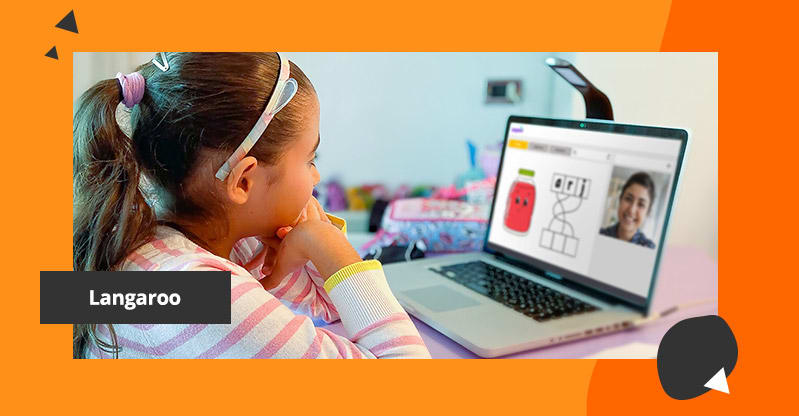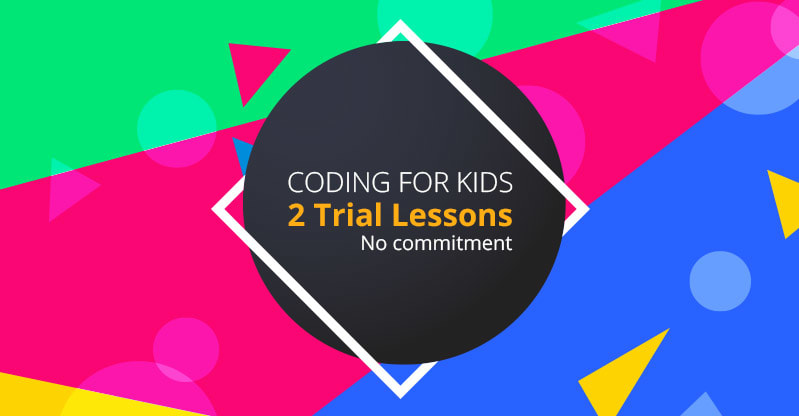Teaching programming to children may seem like a tall order, but what if kids could learn coding in a fun, supportive environment, while using tools that engage their imaginations and break down difficult concepts? With Scratch, they can!
This September, we’re launching an online Scratch coding course for 8 and 9-year-olds who are interested in learning how to code.
No prior knowledge of coding is necessary. This class is geared toward beginners; our course teaches programming skills using Scratch, a visual programming language developed just for kids.

What is Scratch?
Scratch is a block-based programming language designed specifically for children by Mitchel Resnick’s Lifelong Kindergarten Group at the Massachusetts Institute of Technology (MIT) Media Lab.
Rather than teaching complex mathematical concepts to young coders, Scratch teaches coding in a fun, easy way, encouraging children to use existing code to make their own projects. They learn to do this by dragging and dropping blocks of code, “remixing” the code to make their own creations. Scratch also uses animation to engage kids and explain programming concepts.

The concepts Scratch teaches include code sequences, loops, and conditions.
Dr. Oren Zuckerman, chief academic advisor for Tekkie Uni, contributed to the development of Scratch while he was earning his Masters and Ph.D. at MIT, and gave the language its name, drawing on the way DJs scratch records when remixing music.
According to Zuckerman, it’s important for all children to learn to code since it helps them understand the digital technology they consume every day.
“Coding develops new mental models in children’s minds that allows them to understand the digital world around them,” said Zuckerman.

About this course
We believe that kids learn best in small groups, with qualified teachers, while interacting with a supportive group of peers. Our courses are small and synchronous. Children learn to create games, videos and stories while interacting with their peers.
By the end of the course, they will have learned the basics of coding by dragging and dropping code to make their own creations. They will become familiar with the internal logic of programming and leave the course as creators, rather than consumers, of technology.
Classes start September 8-12 and run two hours weekly, for nine months.









